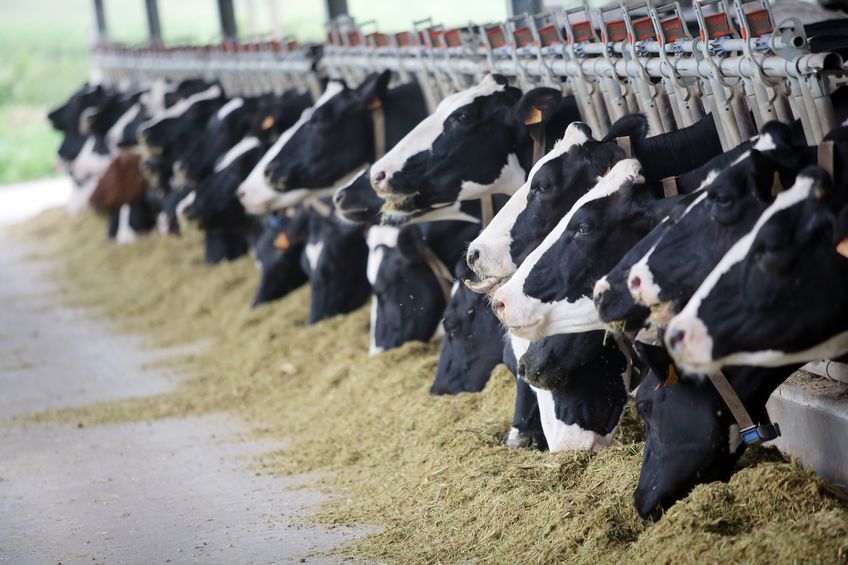
A project to tackle bovine mastitis and reduce the use of broad-spectrum antibiotics in dairy cattle is being launched by UK researchers.
Their approach will use mass spectrometry – an analytical method using sophisticated lab equipment – to develop a rapid diagnosis of mastitis, directly from a suspected milk sample.
This will initially use laboratory-based equipment but could potentially be translated to an on-site test to further increase test turnaround times.
The project, by the Queen’s University Belfast, will also explore the wider application of REIMS technology – Rapid Evaporative Ionization Mass Spectrometry – in areas such as milk-quality analysis and the monitoring of lameness in herds.
Bovine mastitis is a painful inflammatory condition of the udder, caused by the cow’s immune response to a microbial infection.
It is a significant challenge to the dairy farmer and to the industry due to the effect on cow welfare, the complexities of controlling the condition and the need to withhold milk from human consumption during treatment and recovery.
Farmers carry out a visual inspection of the milk as part of the milking process; changes, such as the formation of clots in the milk, can be indicative of clinical mastitis in addition to the direct observation of heat or swelling of the udder.
‘Somatic cell counting’ of a milk sample can be useful in screening for pre-clinical mastitis, particularly where farmers regularly undertake ‘milk recording’ of their herd.
Microbial culture and sensitivity are then carried out to determine the causal pathogen and the best type of antibiotic treatment, but these tests can take several days and rely on an uncontaminated sample being collected in the milking parlour.
Broad-spectrum antibiotic treatment is usually started immediately, before microbiology results have been returned by the laboratory, to minimise the pain and suffering of the cow.
But researchers say that such therapeutic use of broad-spectrum antibiotics has the potential to contribute to antimicrobial resistance (AMR) – an increasing problem for both animal and human health.
The REIMS approach could eliminate the need for time-consuming milk-sample preparation and therefore, be more user-friendly for farmers with near-instantaneous results
PhD principal supervisor, Dr Simon Cameron from Queen’s, said the project had potential to positively impact agriculture.
He said: “REIMS is a fairly new technology and we are constantly finding new applications for it.
"It has the potential to be a step change in how we use mass spectrometry to address problems facing society and this project investigates just one of these.
“By being able to analyse samples more quickly, and in a way that is more user-friendly to the farmer, we hope to be able to bring the benefit of mass spectrometry to dairy farmers through rapid diagnosis of bovine mastitis and identification of the causal microbe.”
Additionally, researchers say the rapid identification of pathogens would allow for more timely, targeted ‘narrow-spectrum’ treatments, potentially reducing the use of broad-spectrum antibiotics.
In fact, if rapid diagnostics also facilitated earlier treatment, the use of antibiotics might be eliminated altogether, further helping society’s battle against AMR.
As part of the project, milk samples will be collected from dairy farms from cows with suspected and confirmed mastitis, alongside healthy control samples.
The same project will also look at lameness in dairy cattle. Current diagnosis of lameness involves visual observation which unfortunately means cows are often undiagnosed until the problem has become fairly advanced.
